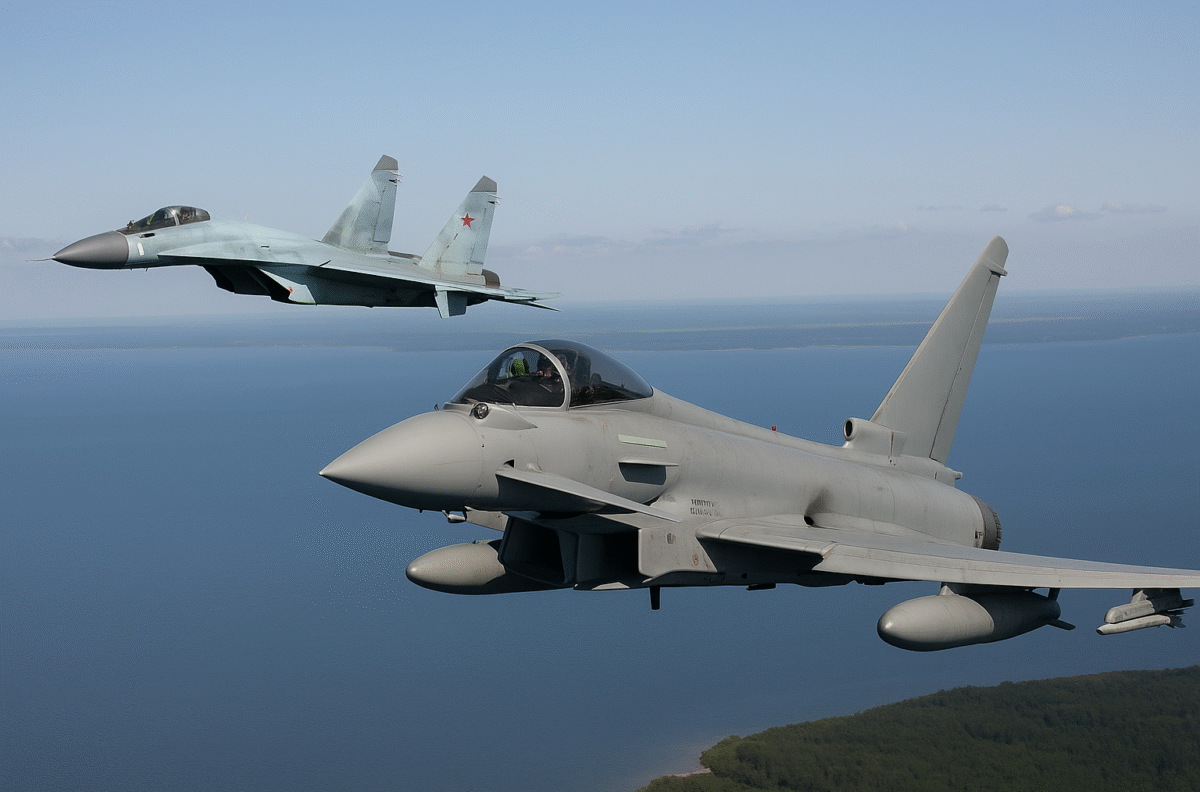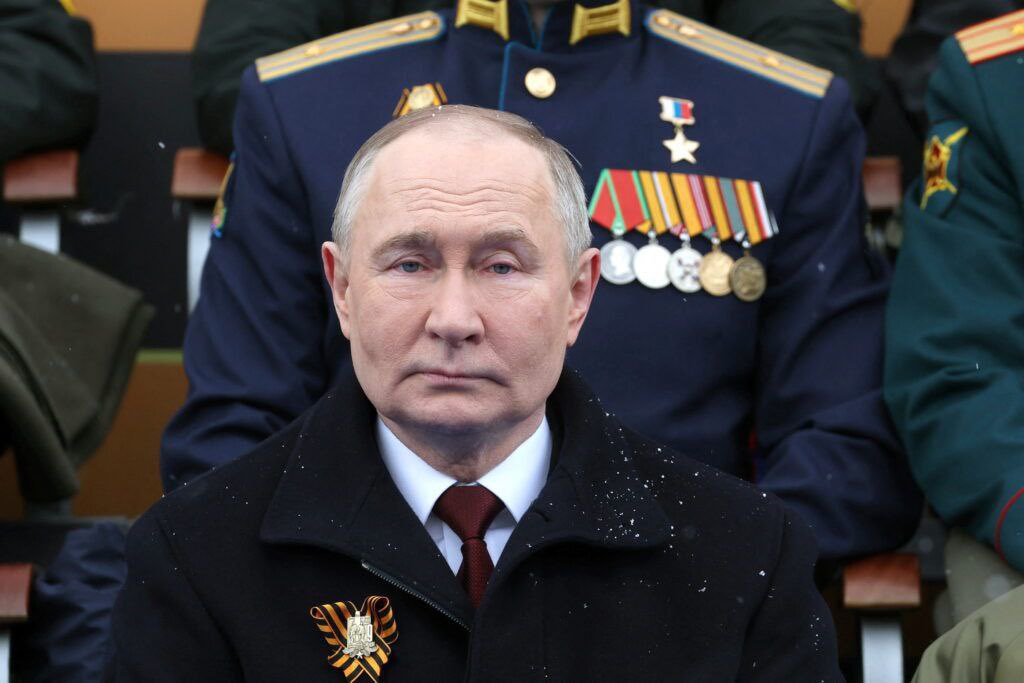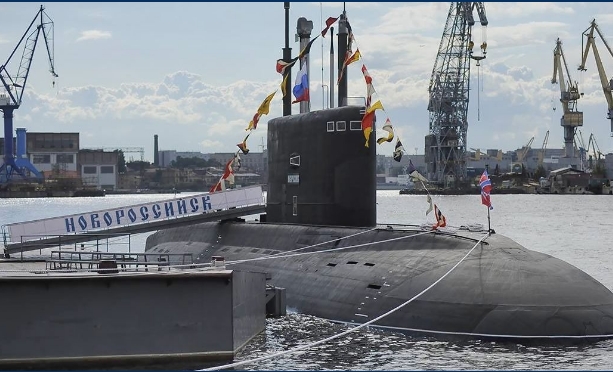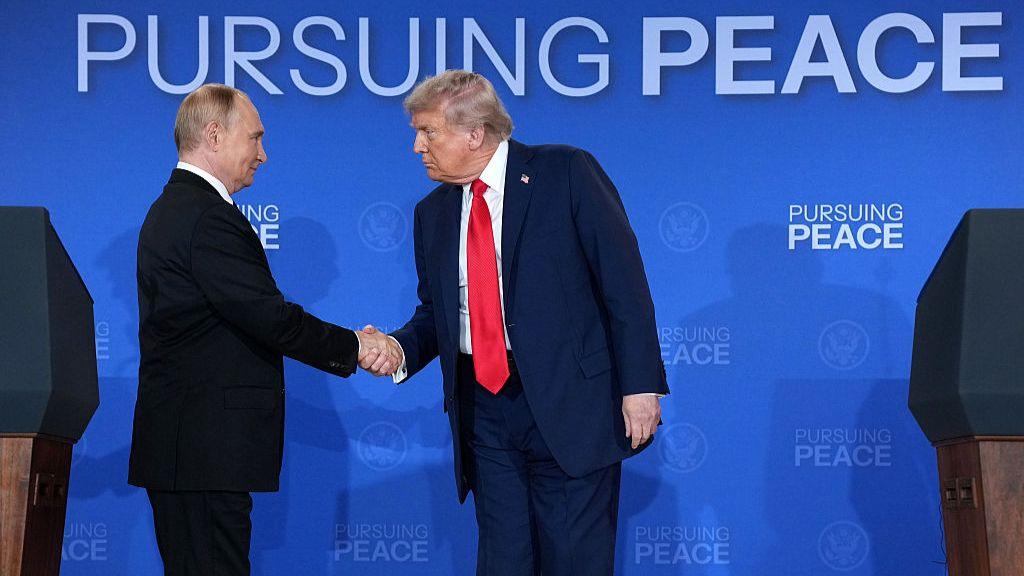Did Russia just cross the line? Lithuanian airspace violation sparks NATO alarm and renewed defense talks

Did Russia just cross the line? Lithuanian airspace violation sparks NATO alarm and renewed defense talks
Tensions between Russia and NATO reached a new high this week after Lithuania’s military reported that two Russian warplanes breached its airspace, prompting a swift response from allied jets and sharp condemnation from Vilnius. The incident, though brief, has once again drawn attention to Moscow’s growing pattern of military provocations near NATO borders.
According to the Lithuanian Armed Forces, the Russian aircraft — identified as a SU-30 fighter jet and an IL-78 refueling tanker — entered Lithuania’s airspace from Russia’s Kaliningrad exclave around 6 p.m. local time. The planes reportedly flew approximately 700 meters inside Lithuanian territory, staying for about 18 seconds before turning back.
Within minutes, Spanish Eurofighter Typhoon jets operating under NATO’s Baltic Air Policing mission were scrambled from the Šiauliai Air Base to monitor the situation. The Lithuanian military emphasized that the rapid response was a reminder of NATO’s readiness to protect its eastern flank.
President Gitanas Nausėda condemned the airspace intrusion as a “blatant breach of international law” and a direct assault on Lithuania’s sovereignty. In a statement shared on X (formerly Twitter), he said the move underscored the importance of strengthening Europe’s air defense systems, especially as Russia intensifies its aerial and drone operations across the region.
Vilnius has since summoned Russian embassy representatives to formally protest what it described as “reckless and dangerous behavior.” The Lithuanian government recently expanded military authorization to shoot down unauthorized drones following a series of similar violations.
However, the Russian Ministry of Defense denied any wrongdoing. In a statement posted on Telegram, the ministry insisted that its aircraft were conducting “routine training flights” over Kaliningrad and that no international borders were violated. It claimed the flights “complied strictly with Russian airspace regulations,” dismissing the Lithuanian account as “inaccurate and politically motivated.”
Despite Moscow’s denial, Thursday’s episode is the latest in a growing list of incidents testing NATO’s air defense posture. In recent months, Poland, Romania, Estonia, Denmark, and Norway have all reported Russian jets or drones straying into their territories — often without authorization. European leaders warn that such provocations are part of what they describe as Russia’s “hybrid warfare” tactics, aimed at spreading fear and probing NATO’s response thresholds.
NATO Secretary General Mark Rutte reiterated the alliance’s stance that any violation of allied airspace is “unacceptable.” He reaffirmed NATO’s commitment to use “all necessary military and non-military tools” to defend its members in accordance with international law. Following a similar breach in Poland last month, NATO activated the Eastern Sentry Program, an initiative designed to improve aerial surveillance and coordinate joint defensive operations in the Baltic region.
As the crisis unfolds, analysts warn that even a brief incursion could spark dangerous miscalculations. “It may have lasted only seconds, but in today’s geopolitical climate, 18 seconds is long enough to start a fire,” said one European defense expert. For Lithuania and its Baltic neighbors, the message is clear: vigilance is no longer optional — it’s survival.
FAQs
Q1: Why is Lithuania’s airspace violation significant?
Because Lithuania is a NATO member, any unauthorized entry by Russian aircraft could trigger Article 5 consultations, escalating tensions between Russia and the alliance.
Q2: How did NATO respond to the incident?
Spanish Eurofighter jets were scrambled under NATO’s Baltic Air Policing mission, and Lithuania lodged a formal diplomatic protest.
Q3: Did Russia admit to violating Lithuanian airspace?
No. Russia denied entering Lithuanian territory, claiming its aircraft were operating legally within Kaliningrad’s airspace.
Q4: What is NATO’s Eastern Sentry Program?
It’s a defense initiative launched in 2025 to deter Russian aerial provocations and coordinate joint surveillance missions among eastern NATO members.
Q5: Are such violations becoming common?
Yes. In recent months, multiple European nations have reported similar airspace violations involving Russian jets or drones.




